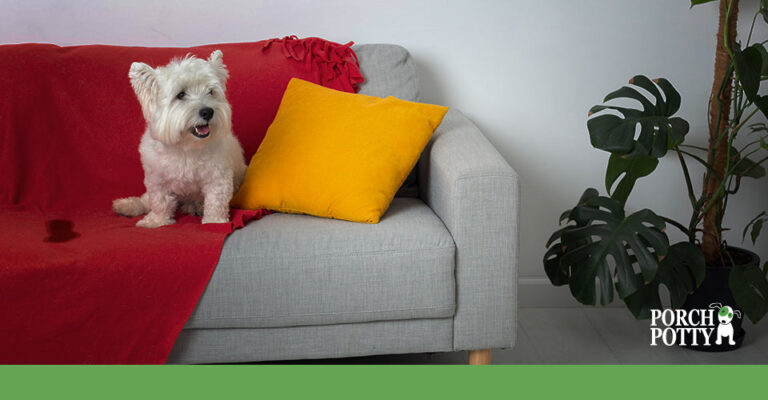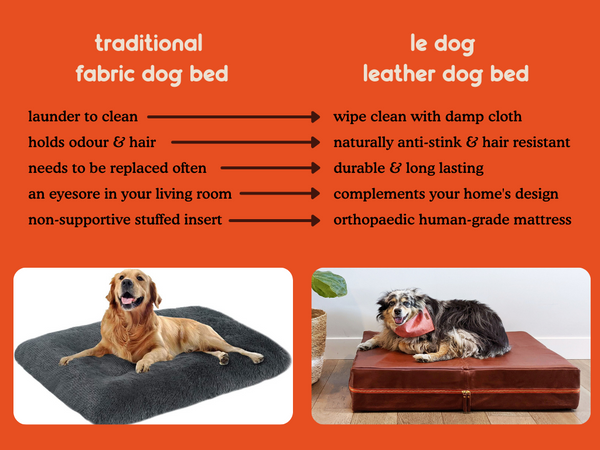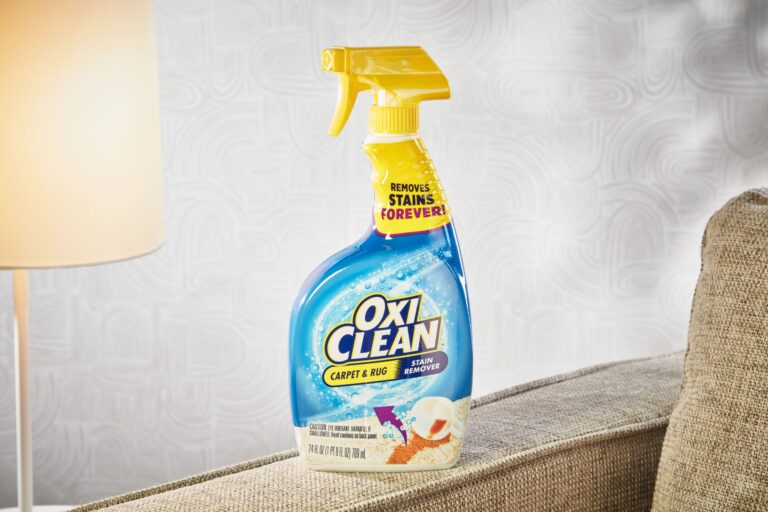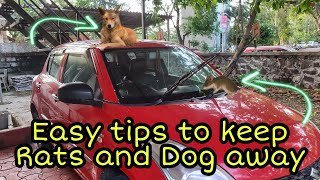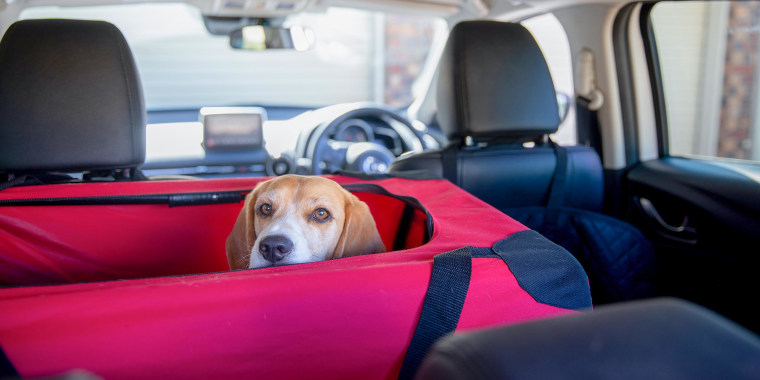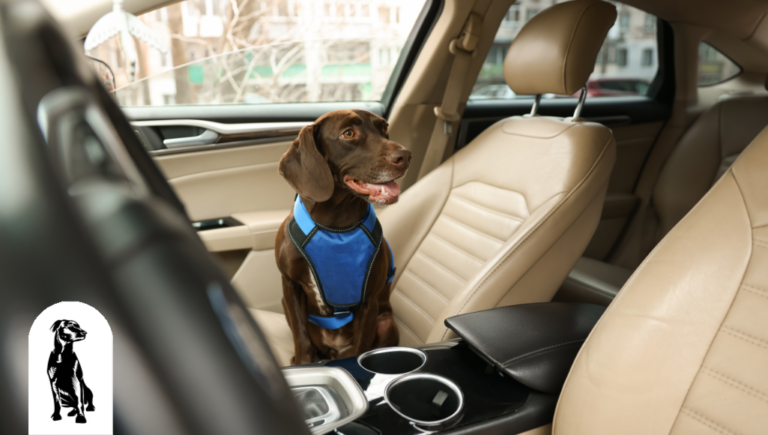Where is the Safest Place for a Dog Seat in a Car?: Ultimate Guide
The safest place for a dog seat in a car is in the back seat. It offers more protection and minimizes the risk of injury during sudden stops or accidents.
When traveling with our furry friends, ensuring their safety is of utmost importance. One key aspect is choosing the right spot for their seat in the car. The back seat is widely considered the safest place for a dog seat.
By securing them in the back, we reduce the chances of them being thrown forward during sudden stops or accidents. This minimizes the risk of injury and provides a more secure environment for our beloved pets. So, when hitting the road with our four-legged companions, remember to prioritize their safety by placing their seat in the back seat of the car.
Introduction To Dog Safety In Cars
Risks Of Unrestrained Pets
Unrestrained pets pose significant risks to themselves and others in the event of a car accident or sudden stop. In the event of a collision, unrestrained dogs can become projectiles, causing serious injury or even death to both themselves and the vehicle’s occupants. Furthermore, an unrestrained pet can also distract the driver, potentially leading to accidents or near-misses. It’s vital to recognize the potential dangers and take steps to ensure the safety of our furry passengers.
Importance Of Proper Seat Placement
Proper seat placement is crucial for ensuring the safety of our canine companions during car journeys. Placing a dog in the wrong location could lead to injury in the event of a sudden stop or collision. An improperly placed dog can also interfere with the driver’s ability to operate the vehicle, posing a risk to everyone on the road. By understanding the significance of proper seat placement, we can prioritize the safety and well-being of our beloved pets.
Assessing Your Vehicle’s Layout
When traveling with a dog in a car, the safest place for a dog seat is in the back seat. It’s important to use a harness or a crate to secure the dog and prevent distractions for the driver. Avoid placing the dog in the front seat due to airbag safety concerns.
Before hitting the road with your furry friend, it’s important to ensure their safety in the car. Assessing your vehicle’s layout is the first step in determining the safest place for a dog seat. Consider the size of your car and your dog’s breed to determine the best location for your pup. Additionally, take into account any existing restraint systems that may affect your decision.Car Size And Dog Breed Considerations
The size of your car and your dog’s breed are important factors to consider when determining the safest place for a dog seat. For smaller cars, it may be best to have your dog in the backseat. Larger cars may allow for more options, such as the trunk or cargo area. When it comes to breed considerations, larger breeds may require more space and may be better suited for the backseat or cargo area. Smaller breeds may be able to fit comfortably in the front seat or a smaller backseat.Existing Restraint Systems
If your car already has a restraint system in place, such as a seat belt or tether, it’s important to take this into account when deciding on the safest place for a dog seat. These existing systems may limit your options for where to place the dog seat, but they also provide an added layer of safety for your pup. Be sure to properly secure the restraint system and follow all manufacturer instructions for optimal safety. In conclusion, assessing your vehicle’s layout is crucial in determining the safest place for a dog seat in a car. Consider the size of your car and your dog’s breed, as well as any existing restraint systems, to make an informed decision. By prioritizing your furry friend’s safety on the road, you can have peace of mind and enjoy your travels together.The Back Seat: A Popular Choice
Pros And Cons
When it comes to traveling with your furry friend, the back seat is a popular choice. Let’s take a look at the advantages and disadvantages of this option.
How To Use A Dog Seatbelt
If you’re considering using a dog seatbelt to keep your canine companion safe during car rides, here’s how to do it properly.
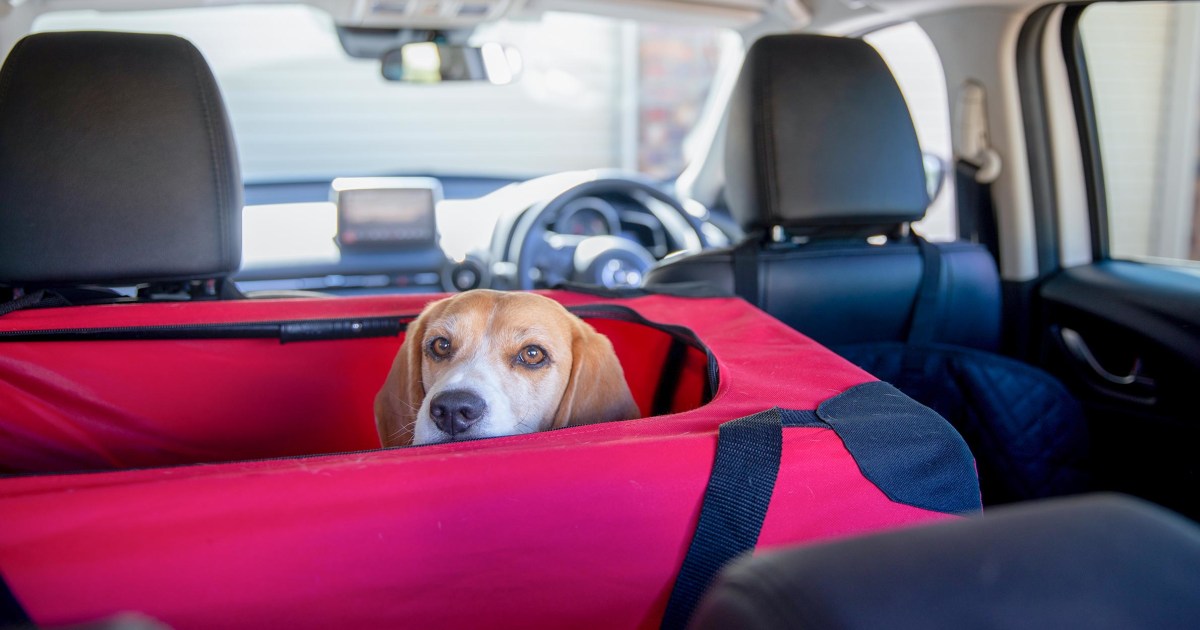
Credit: www.nbcnews.com
Cargo Area: Space And Safety
When it comes to traveling with your furry friend, finding the safest place for a dog seat in a car is of utmost importance. One option to consider is the cargo area, which offers ample space and the potential for enhanced safety measures. However, before making a decision, it’s essential to evaluate the suitability of the cargo area for larger dogs and understand the importance of installing a barrier.
Suitability For Larger Dogs
If you have a larger dog, the cargo area can be a great option due to its spaciousness. Your furry companion can stretch out comfortably and enjoy the journey without feeling cramped. This is particularly beneficial for breeds that require more room to move around or have a tendency to feel anxious in confined spaces.
Furthermore, the cargo area provides an opportunity for you to create a cozy and secure environment for your dog. By adding a comfortable bed or blanket, you can ensure their comfort during the ride. It’s important to note that even though the cargo area offers space, you should still consider the safety aspect by installing a suitable barrier.
Installing A Barrier
When traveling with your dog in the cargo area, it’s crucial to install a barrier to prevent them from accessing other areas of the vehicle. This not only keeps them safe but also minimizes distractions for the driver. There are various types of barriers available, including mesh barriers, metal dividers, or even custom-made options.
Mesh barriers are a popular choice as they are lightweight, easy to install, and provide visibility. They create a secure boundary, preventing your dog from climbing into the passenger area or interfering with the driver’s controls. Metal dividers, on the other hand, offer enhanced durability and strength, making them suitable for larger and more energetic dogs.
It’s important to choose a barrier that fits your vehicle’s cargo area securely. This ensures that it remains in place even during sudden stops or turns. Additionally, regularly inspect the barrier for any signs of wear and tear to maintain its effectiveness.
In conclusion, the cargo area can be a safe and spacious option for larger dogs when traveling in a car. By installing a suitable barrier, you can provide both comfort and security for your furry friend, ensuring a smooth and enjoyable ride for everyone involved.
Front Seat: Potential Dangers
In the front seat of a car, there are potential dangers that can pose risks to a dog’s safety.
Airbag Risks
Airbags can deploy with force, causing injury to a dog in the front seat.
Distraction Factors
- Dog may distract the driver in the front seat.
- Decreased attention to the road can lead to accidents.
Harnesses And Crates For Security
To ensure the safety of your furry friend during car rides, it’s important to use a harness or crate. The safest place for a dog seat in a car is in the backseat, secured with a harness or in a crate to prevent injury in case of an accident.
Types Of Harnesses
Harnesses are a great option for keeping your furry friend safe and secure during car rides. There are various types of harnesses available, each with their own unique features and benefits. The most common types of harnesses include:- Standard Harness: This type of harness is the most basic and commonly used. It typically consists of a strap that goes around your dog’s chest and another that goes around their waist.
- Vest Harness: Vest harnesses are designed to be more comfortable for dogs, as they distribute pressure more evenly across their chest and back. They also tend to be more secure than standard harnesses, as they have more points of attachment.
- Car Harness: These harnesses are specifically designed for use in cars and have been crash-tested for safety. They typically have a padded chest plate and a strap that connects to the car’s seatbelt.
Selecting The Right Crate
Crates are another option for keeping your dog safe during car rides. When selecting a crate, it’s important to choose one that is the right size for your dog and that is secure enough to prevent them from escaping. Here are some tips for selecting the right crate:- Measure your dog: Before purchasing a crate, measure your dog to ensure that you select the right size. The crate should be large enough for your dog to stand up, turn around, and lie down comfortably.
- Choose a secure crate: Look for a crate that has a secure latch and that is made from sturdy materials. You don’t want your dog to be able to escape from the crate during a car ride.
- Consider a soft-sided crate: If you have a smaller dog, a soft-sided crate may be a good option. These crates are lightweight and easy to transport, and they can be more comfortable for your dog than a hard-sided crate.
Special Considerations For Puppies
Customized Puppy Seats
As puppies have specific needs, it’s essential to invest in a specialized puppy car seat. These seats are designed to provide extra support and security for your young canine companion, ensuring they remain safe and comfortable during car rides.
Training For Car Rides
Introducing your puppy to car rides in a positive and gradual manner is crucial. Start with short, enjoyable trips and gradually increase the duration to help them acclimate to the experience. This training will help them associate car rides with positive experiences, reducing anxiety and stress.
Legal Requirements And Recommendations
When traveling with a dog in a car, it’s crucial to ensure their safety and comply with legal regulations. Understanding the state laws on pet transportation, safety standards, and certifications is essential to make informed decisions about where to place your dog in the car.
State Laws On Pet Transportation
Before hitting the road with your furry companion, it’s important to familiarize yourself with the specific regulations governing pet transportation in your state. While some states may not have explicit laws regarding pet restraints in vehicles, others have clear guidelines on securing pets for their safety.
Safety Standards And Certifications
When it comes to ensuring the safety of your dog in the car, it’s advisable to look for safety standards and certifications that guarantee the effectiveness of pet restraints. Certifications such as the Center for Pet Safety (CPS) certification can provide assurance that the product has undergone rigorous testing to protect pets in the event of a collision.
Innovations In Dog Car Safety
Discover the latest innovations in dog car safety and find out the safest place for a dog seat in a car. Keep your furry friend secure and comfortable during car rides with these new advancements in pet travel safety. Prioritize your dog’s well-being while on the road.
Emerging Technologies
Keeping your furry friend safe while on the road is every pet owner’s priority. Fortunately, with the advancement of technology, there are now more options than ever before to keep your pet safe and secure. One such innovation is the emergence of dog car safety technologies. These technologies are designed to provide additional safety measures for your pet while in transit.Future Trends
As technology continues to evolve, so will the future of dog car safety. In the future, we can expect more sophisticated technologies that will make traveling with pets even safer. One such trend is the development of self-driving cars. With self-driving cars, the need for human intervention is eliminated, which means that pets will be safer in transit. There are many innovations in dog car safety that can provide peace of mind for pet owners. Here are a few of the most popular innovations:- Crash-tested Carriers: These carriers have been rigorously tested to ensure they can withstand the force of a crash, providing added protection for your pet.
- Seat Belt Restraints: These restraints work by securing your pet to the car’s seat belt, preventing them from moving around in the car while in motion.
- Car Harnesses: Similar to seat belt restraints, car harnesses secure your pet to the car’s seat belt, but they also provide added support and comfort for your pet.
- Car Barriers: These barriers work by separating the backseat from the front seat, preventing your pet from jumping into the front of the car while in motion.

Credit: www.amazon.com
Expert Tips For A Safe Journey
Expert Tips for a Safe Journey
Traveling with your furry friend? Safety is key. Ensure a safe journey for your dog by following expert advice.
Regular Breaks And Hydration
- Stop every 2-3 hours for bathroom breaks and stretching.
- Provide fresh water and a bowl for your dog’s hydration needs.
- Keep your dog from sticking their head out the window to prevent injury.
Temperature Control
- Avoid leaving your dog in a hot car, even with windows cracked.
- Use sunshades and ensure proper ventilation for comfort.
- Consider adjusting the air conditioning or heating based on your dog’s needs.
Conclusion: Best Practices For Traveling With Dogs
For the safest place for a dog seat in a car, opt for the back seat secured with a harness or in a dog crate. Avoid placing them in the front seat to ensure their safety during travel.
Recap Of Ideal Seat Placement
Ensuring the safety and comfort of your furry friend during car rides is of utmost importance. In our previous discussions, we explored the safest place for a dog seat in a car. We discovered that the ideal seat placement for dogs is in the back seat. This allows them to be protected from potential airbag deployment in the front seat and minimizes distractions for the driver.
When securing your dog’s seat in the back, it is recommended to use a harness or a crate to provide additional safety measures. This will prevent your dog from roaming around the vehicle and potentially getting injured in case of sudden stops or accidents.
Remember, it is crucial to never leave your dog unattended in a parked car, especially during hot weather conditions. The temperature inside a car can rise rapidly, leading to heatstroke and other life-threatening situations for your beloved pet.
Final Thoughts On Responsible Pet Ownership
Traveling with dogs requires responsible pet ownership. By following the best practices discussed above, you can ensure the safety, comfort, and well-being of your furry companion during car rides.
Additionally, it is essential to consider your dog’s individual needs and preferences. Some dogs may feel more secure in a crate, while others may prefer being harnessed. Understanding your dog’s behavior and providing them with a comfortable and secure travel environment will make the journey enjoyable for both of you.
Always keep in mind that safety should be the top priority when traveling with your dog. By adhering to the recommended seat placement, securing them properly, and never leaving them unattended in a parked car, you are taking crucial steps to protect your furry friend.
In conclusion, responsible pet ownership goes beyond providing love and care at home. It extends to ensuring their safety and well-being during car rides as well. By implementing the best practices discussed in this article, you can make every journey with your four-legged friend a safe and enjoyable experience.
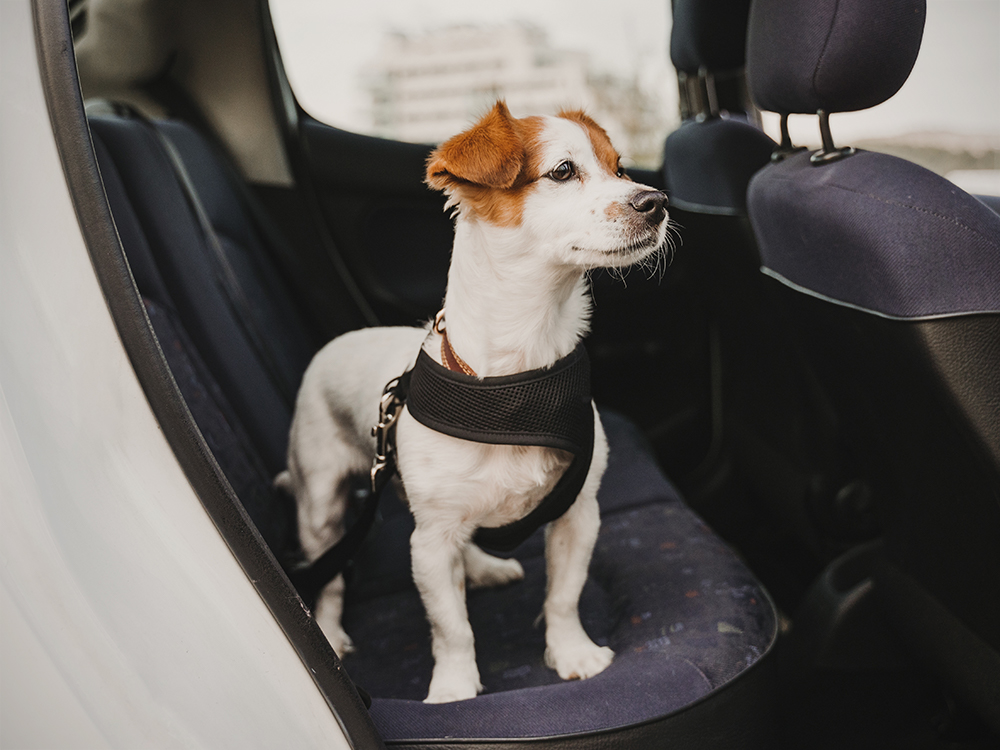
Credit: www.thewildest.com
Frequently Asked Questions
Where Is The Best Place For A Dog To Sit In The Car?
The best place for a dog to sit in the car is in the back seat secured with a harness or in a crate.
What Is The Safest Seat For A Dog In The Car?
The safest seat for a dog in the car is the back seat, secured with a seat belt or in a dog car seat. This helps prevent distractions and keeps your dog safe in case of an accident. Remember to never leave your dog unattended in a hot car.
Should Dogs Ride In The Front Or Back Seat?
Dogs should ride in the back seat for safety. It reduces distractions for the driver and protects the dog in case of an accident.
Should Dogs Go In The Boot Or Back Seat?
Dogs are safer in the back seat, secured with a harness or in a crate, for their protection during car rides.
Conclusion
Ultimately, ensuring your dog’s safety in the car is crucial. Opt for the back seat with a harness or a secured crate. Avoid the front seat or the cargo area for the best protection during travel. Prioritize your furry friend’s well-being on the road!
- Can I Get in a Taxi Without a Car Seat? - January 26, 2025
- Can I Get Chlamydia From a Toilet Seat? - January 26, 2025
- Can I Get an Uber With a Car Seat? - January 26, 2025

